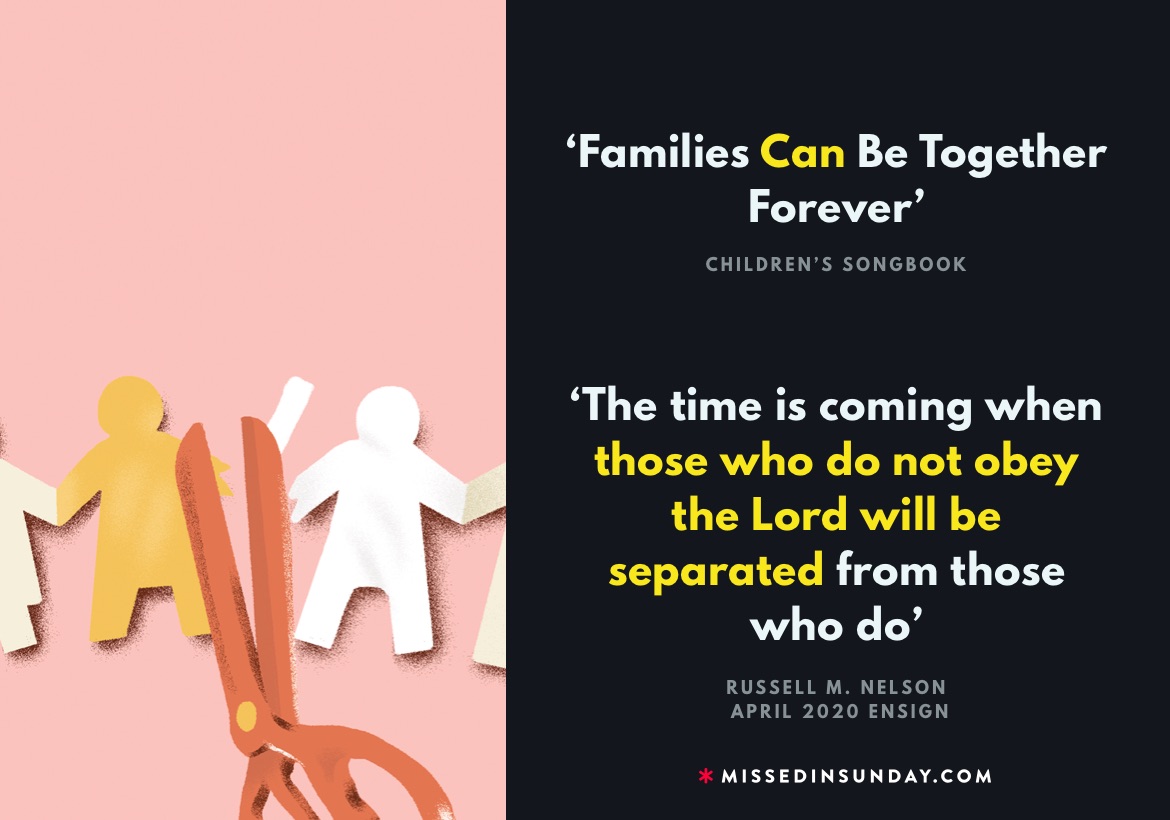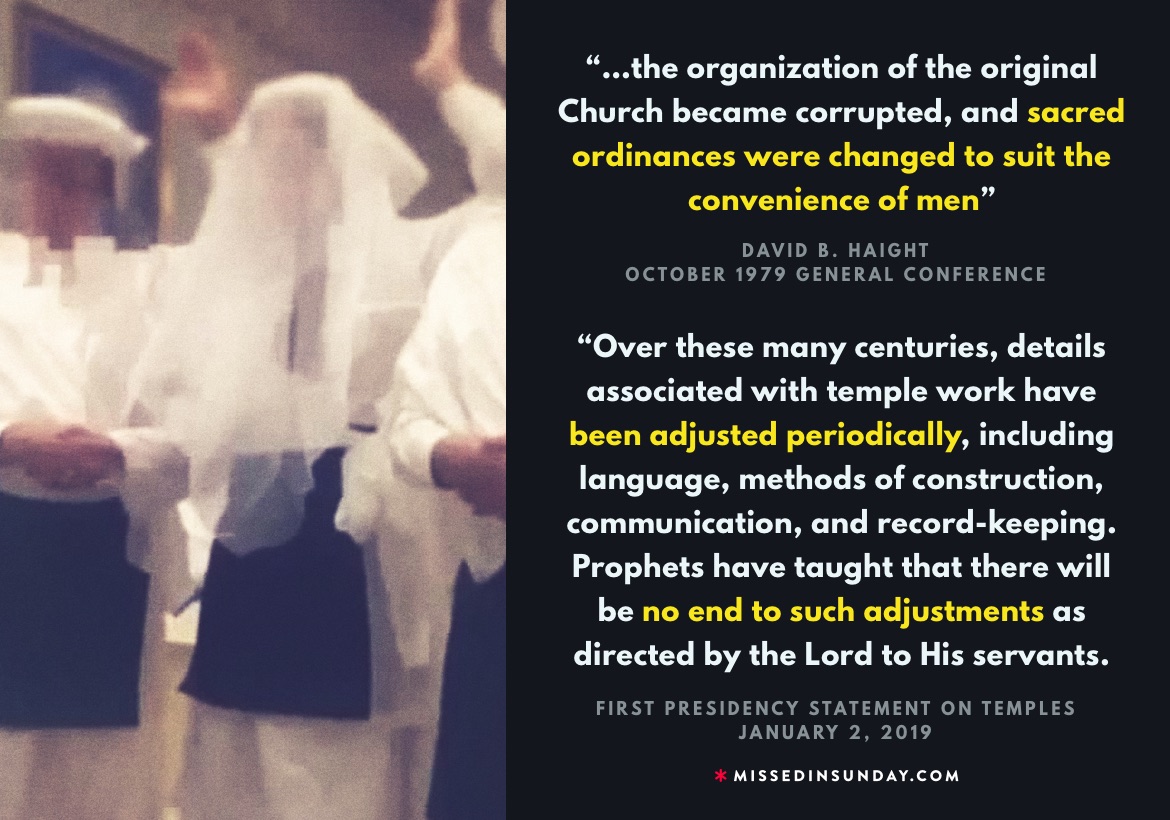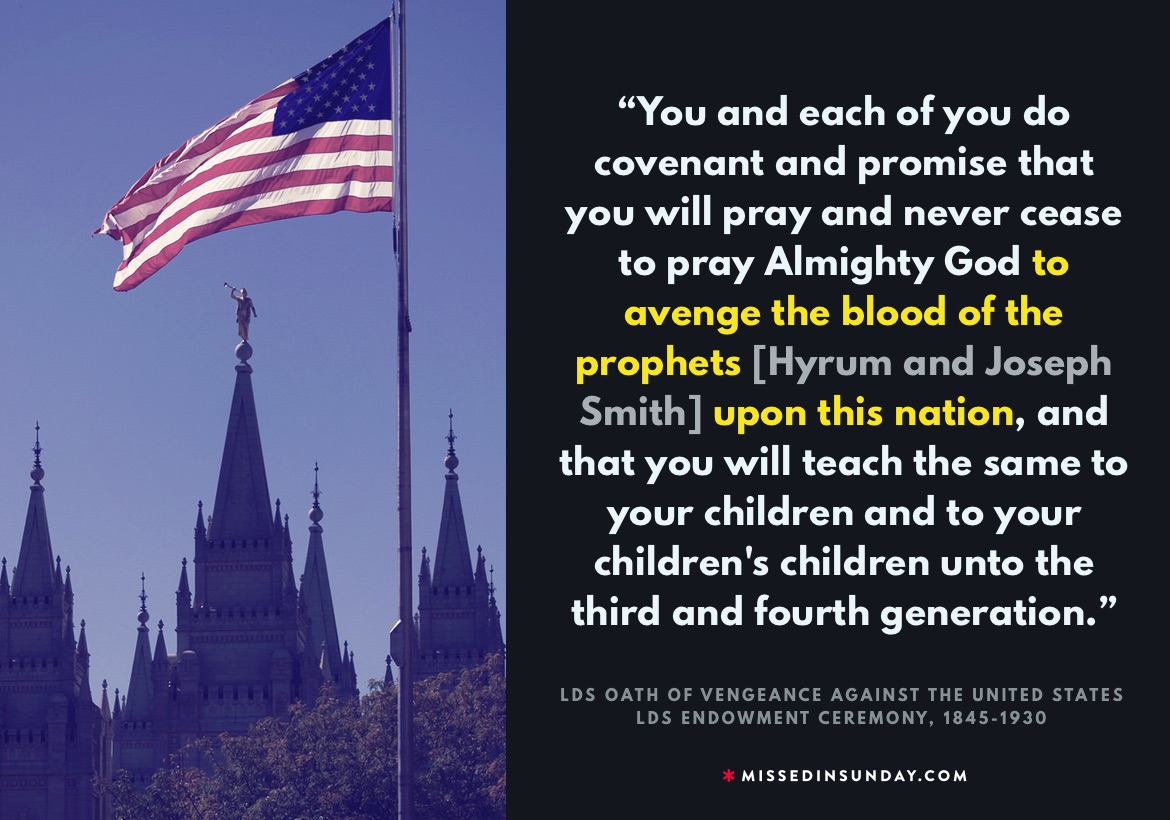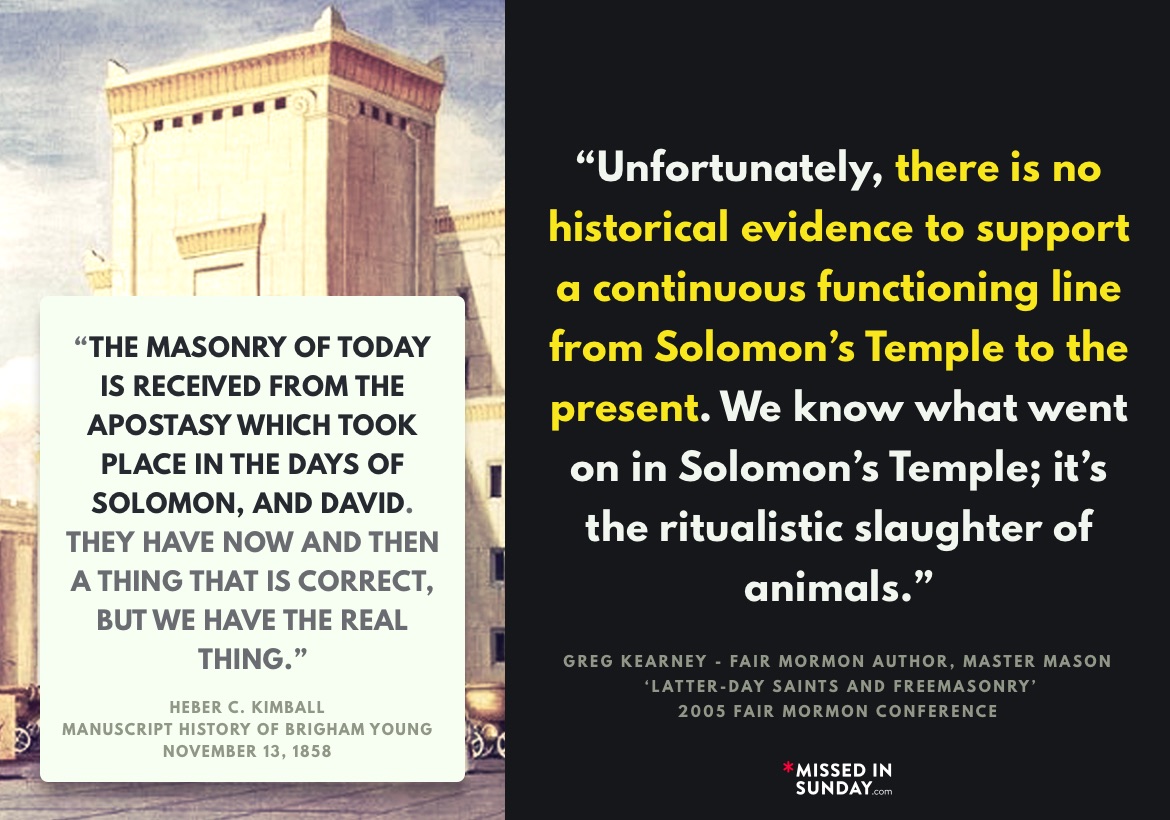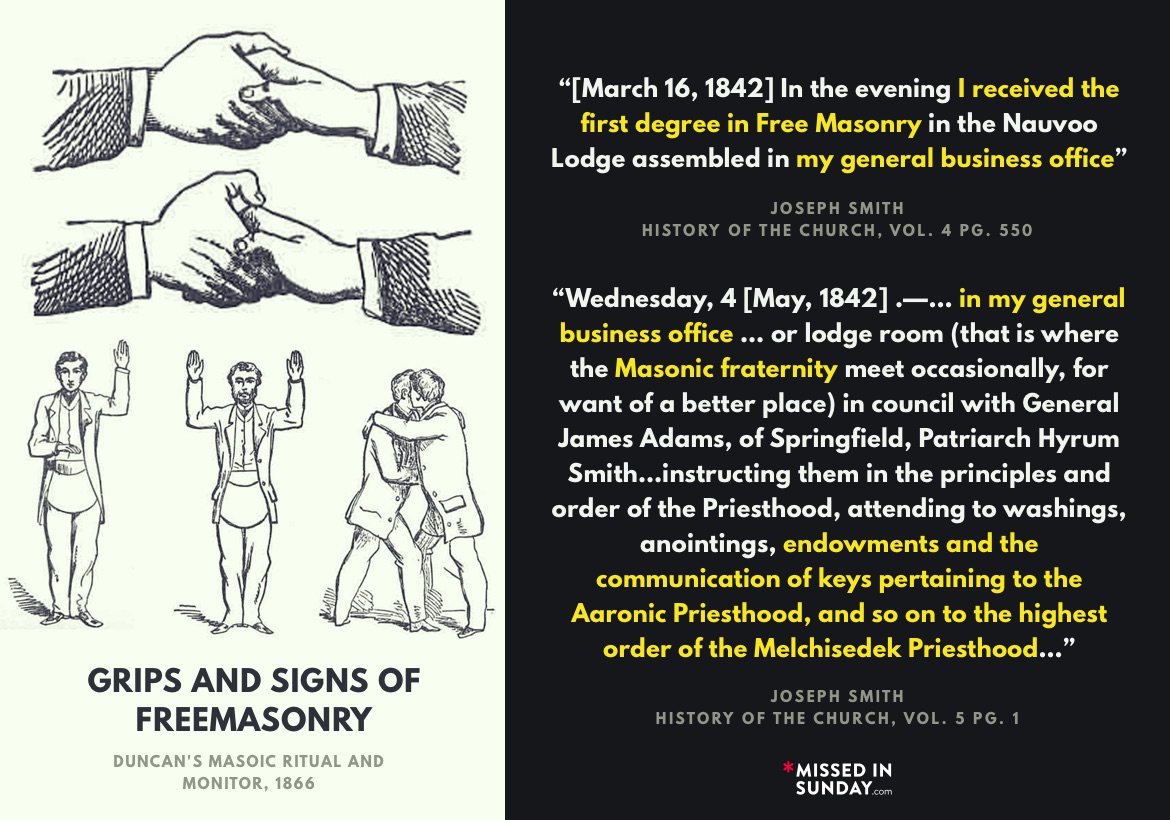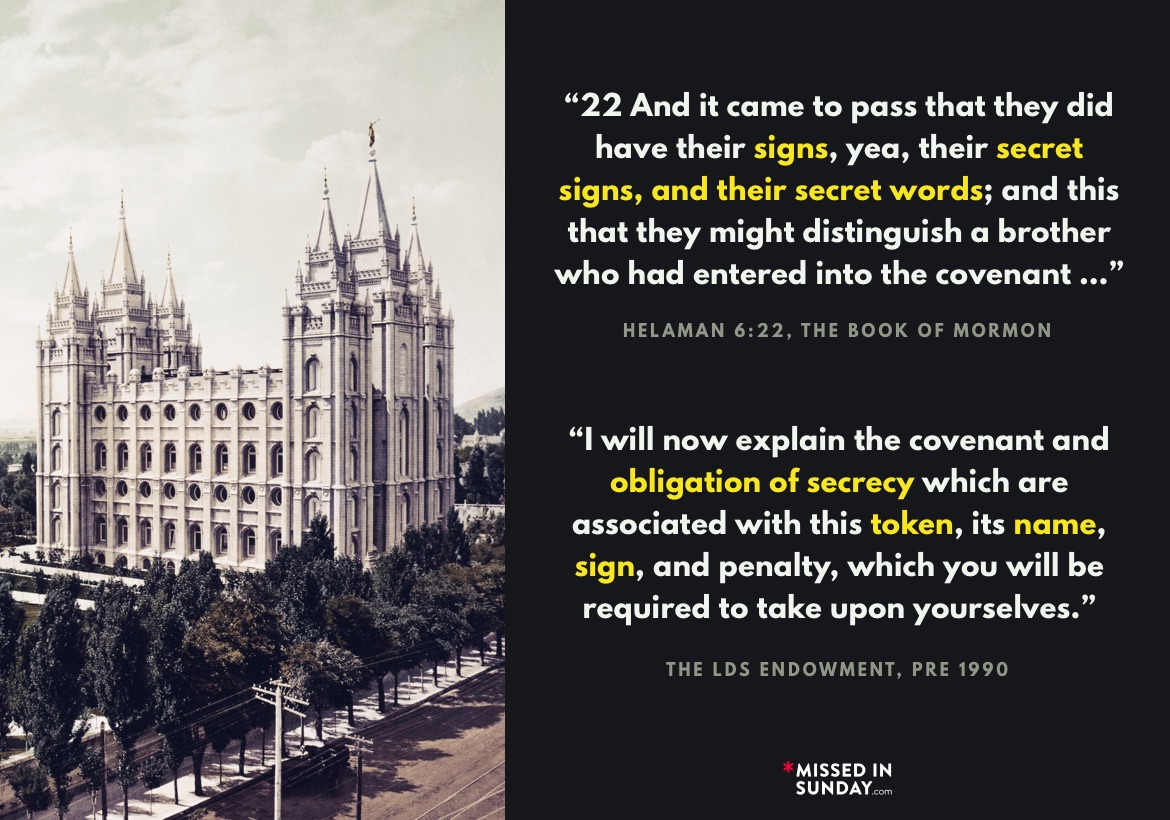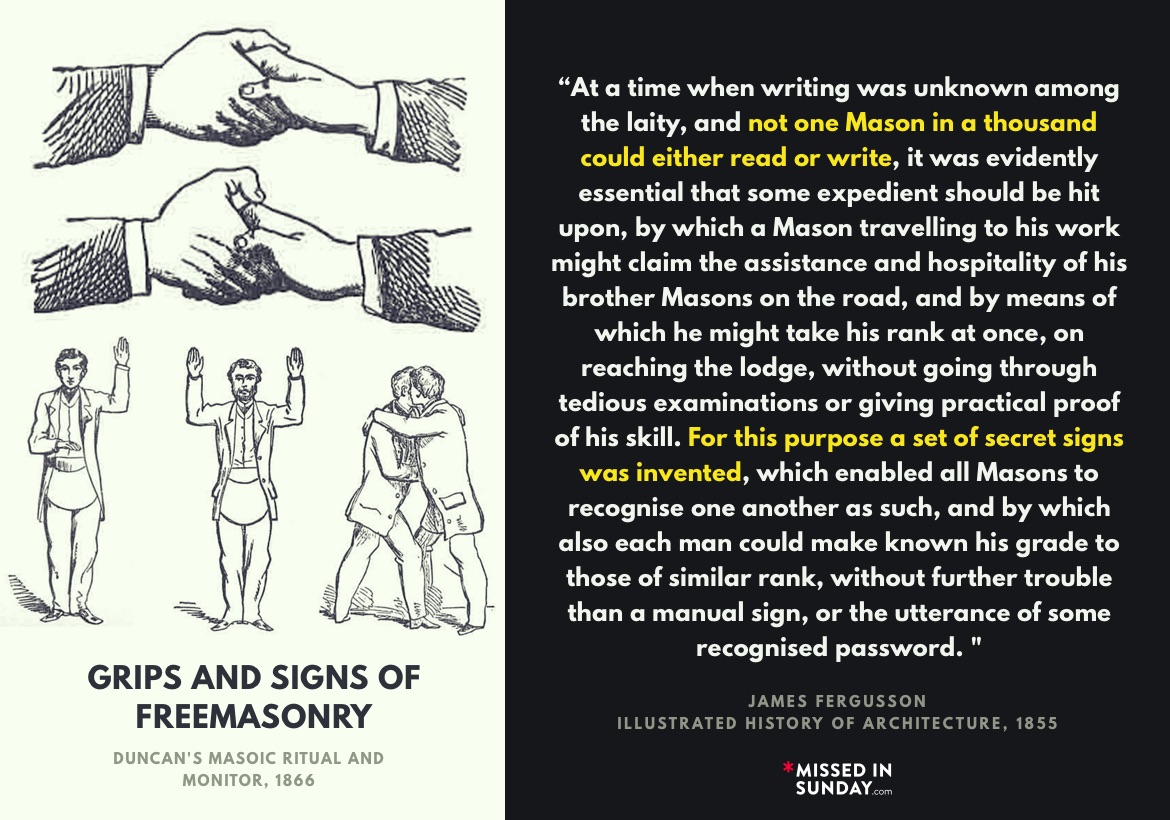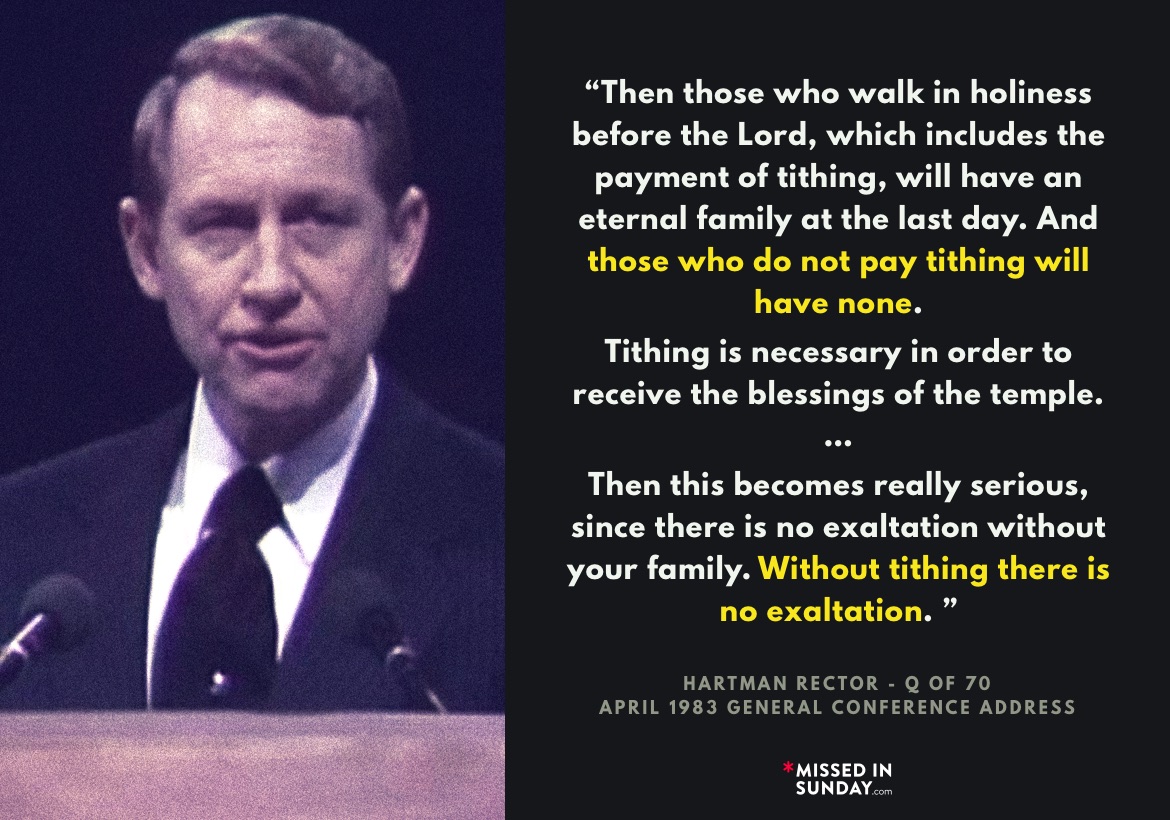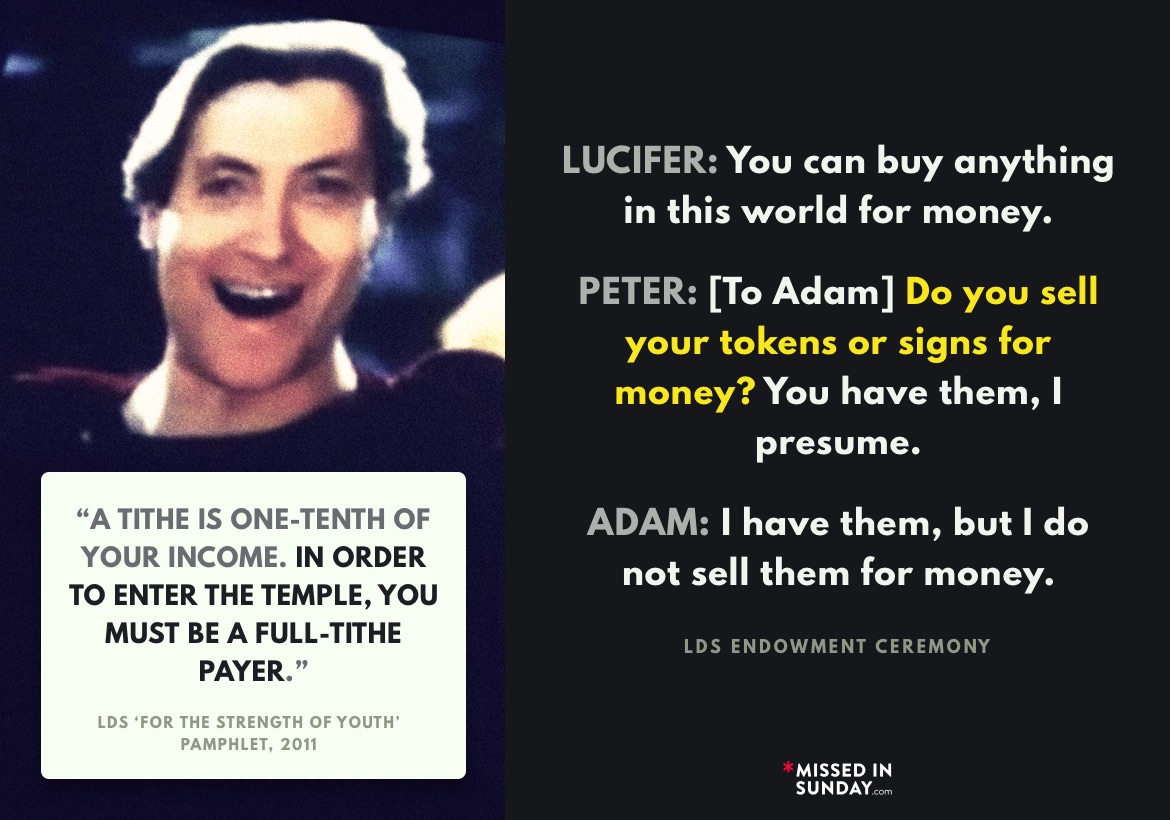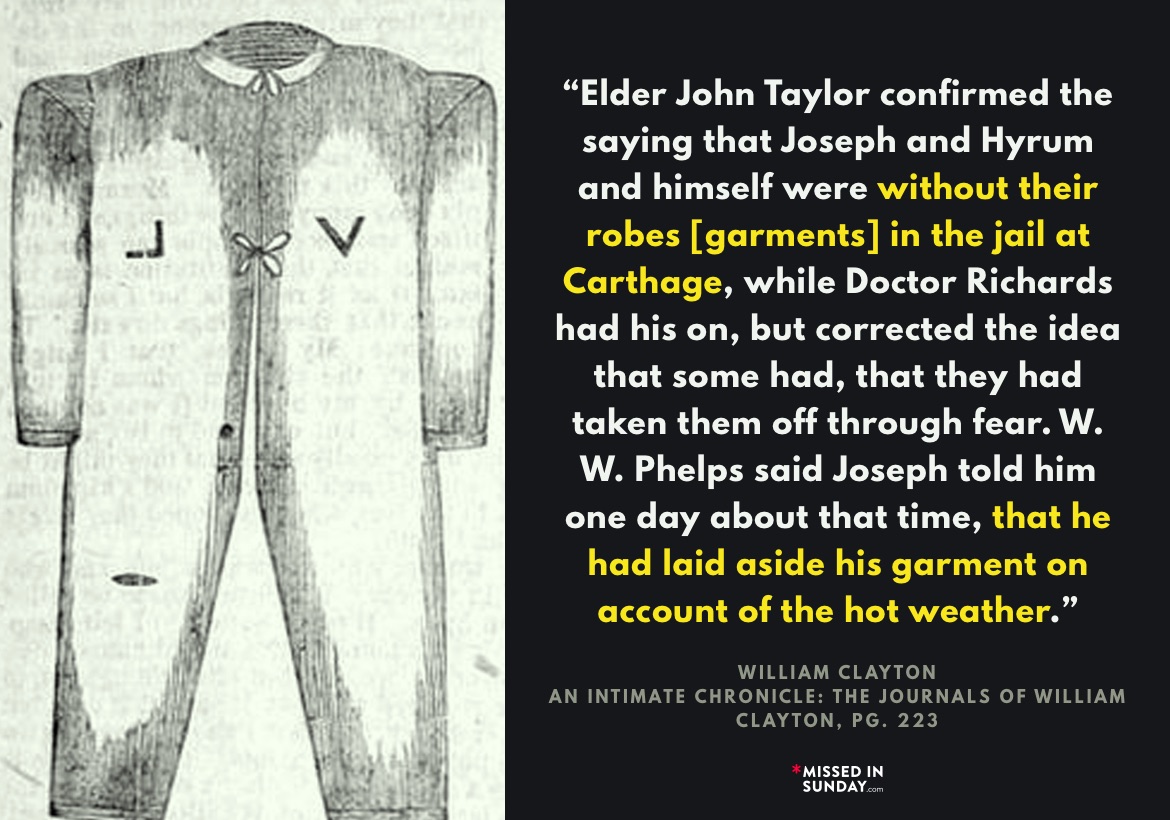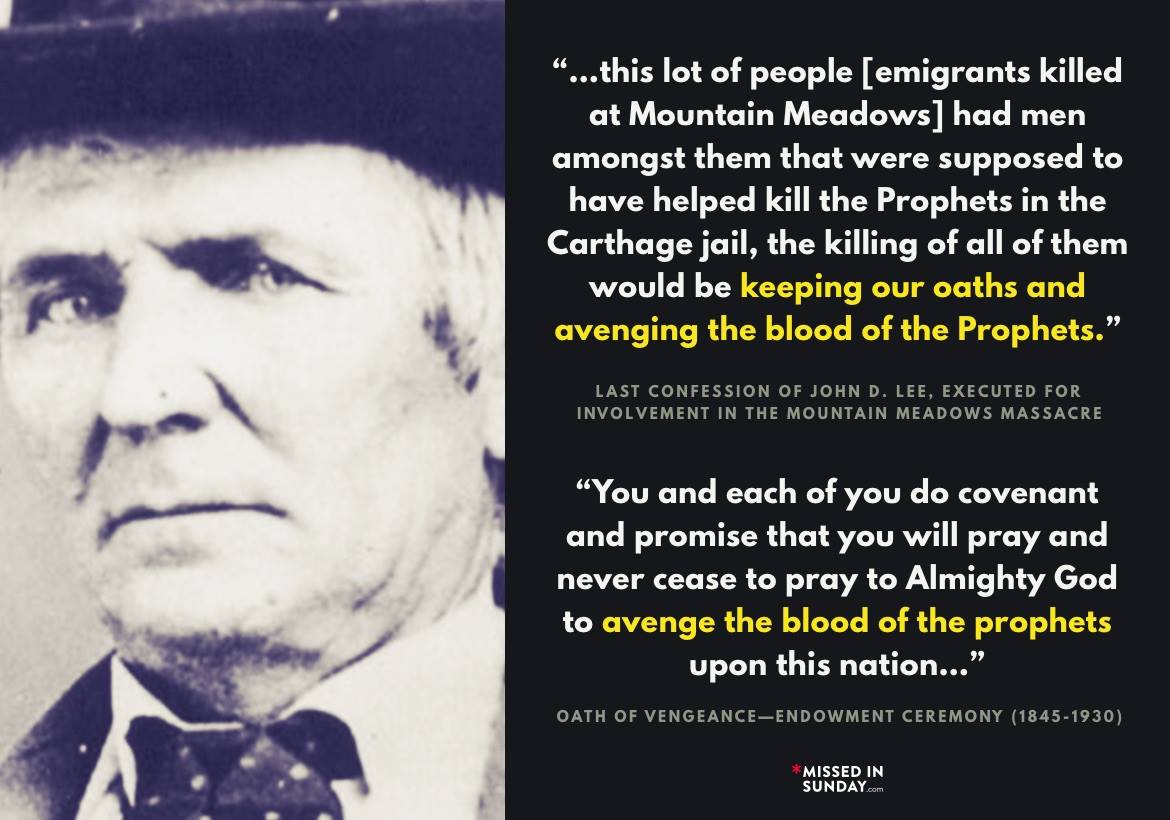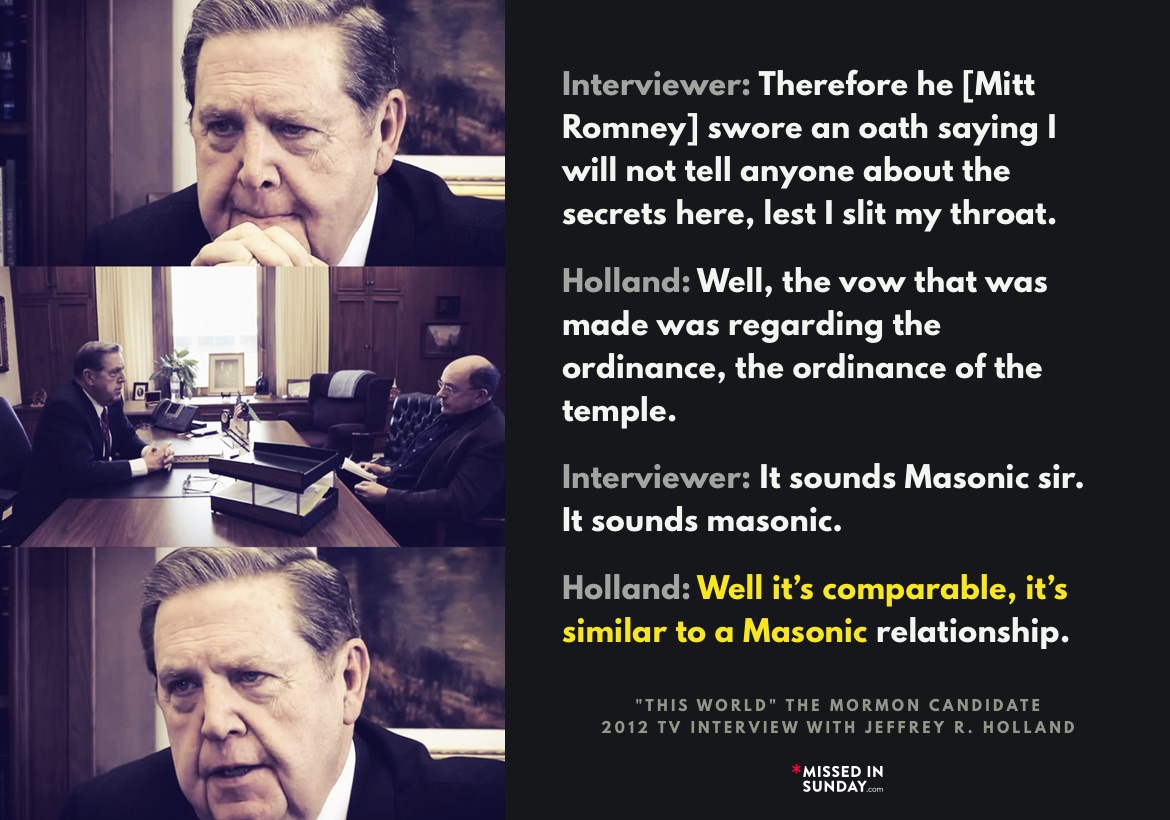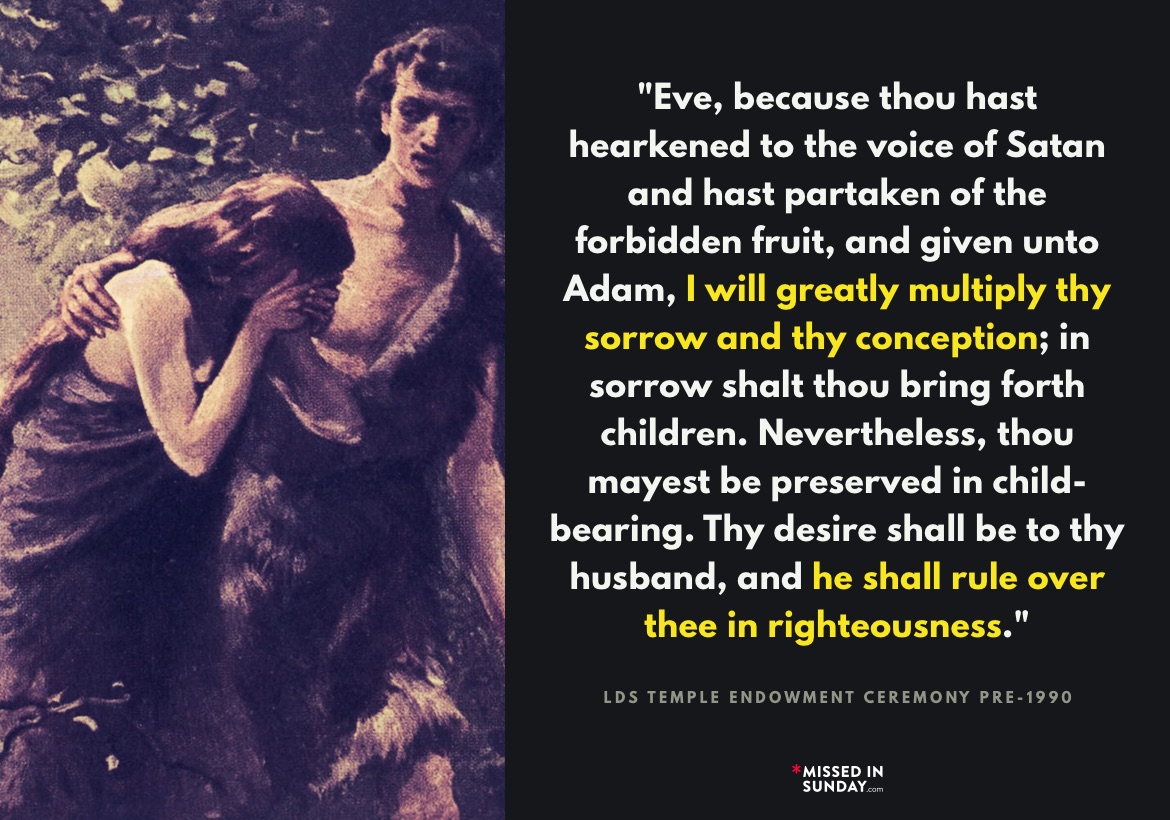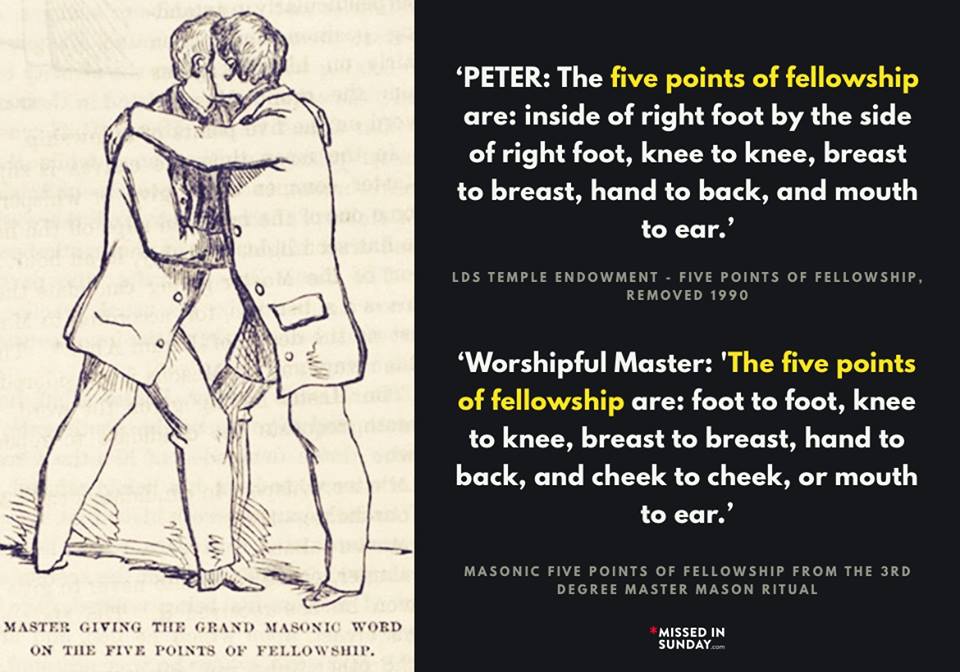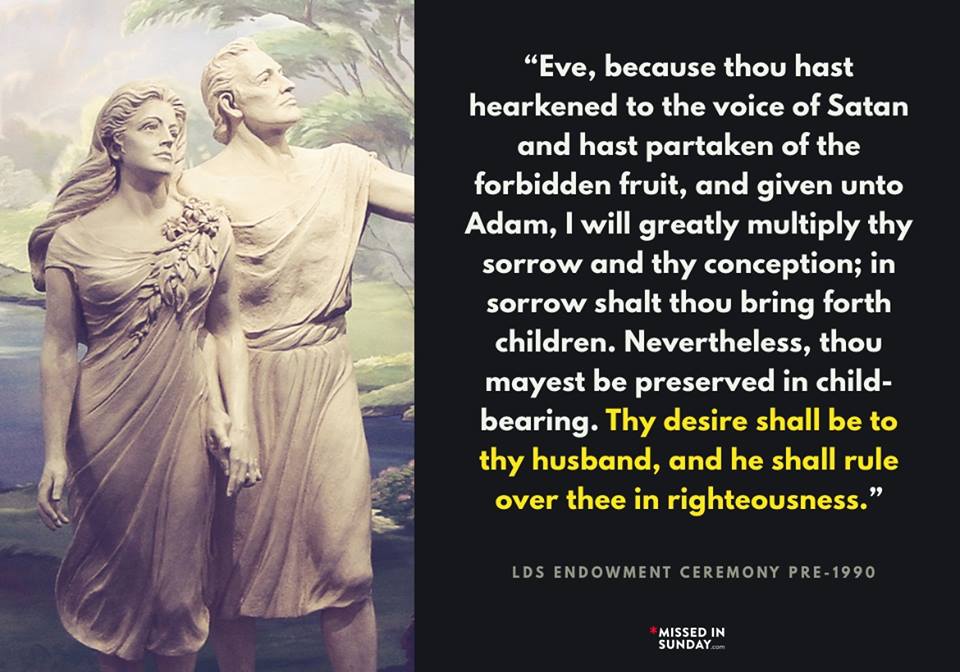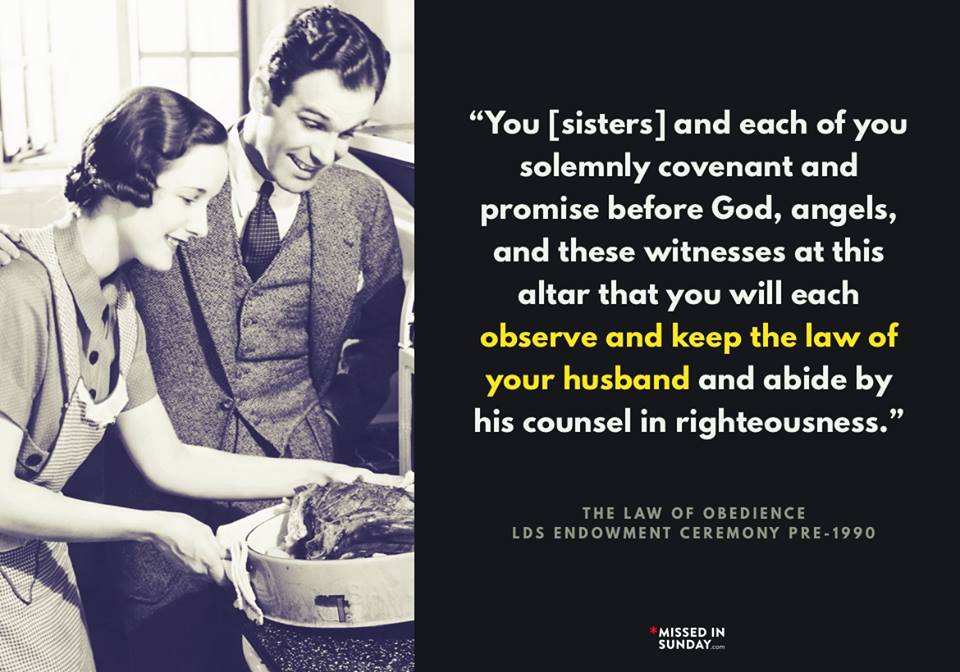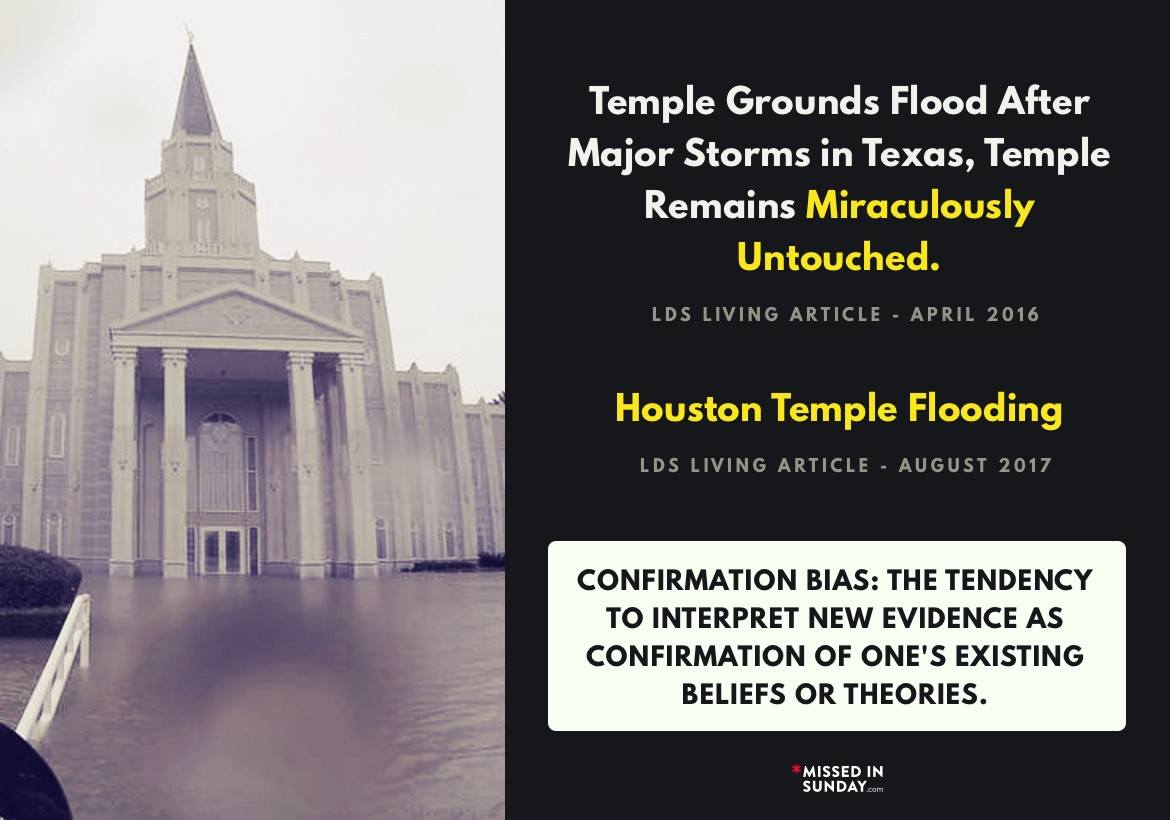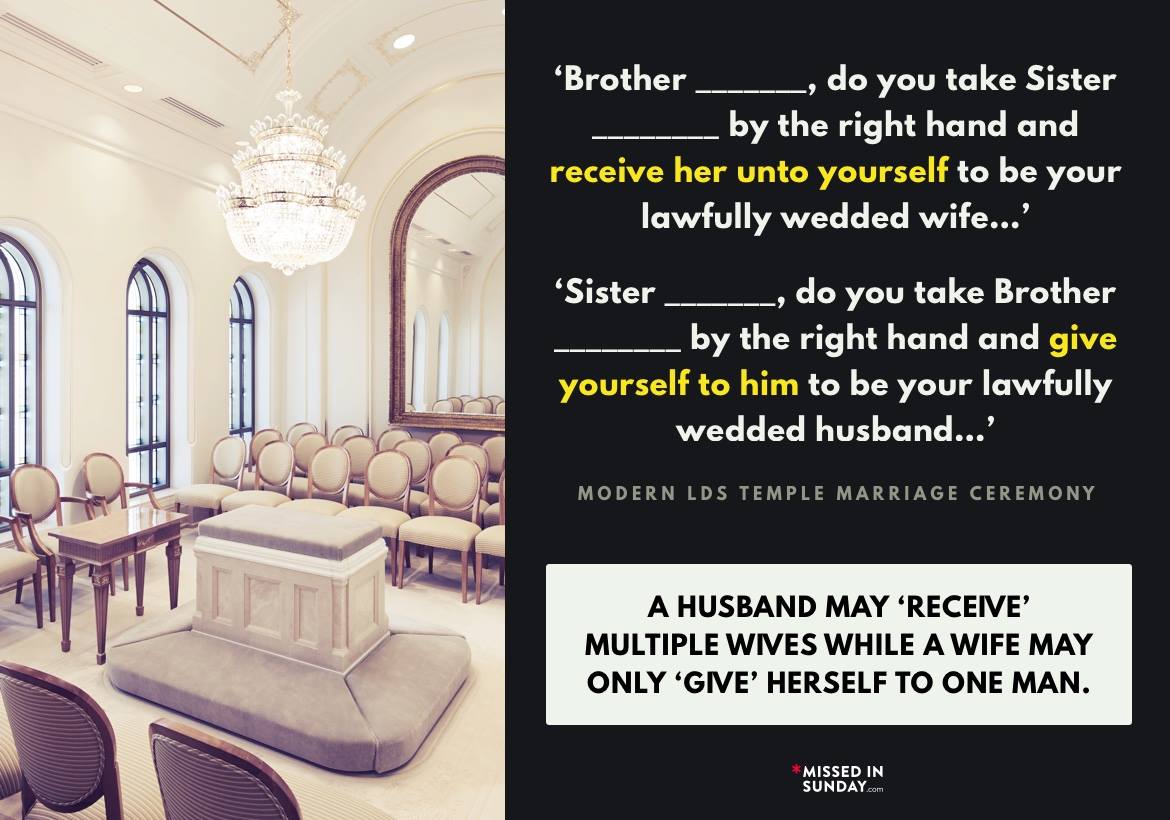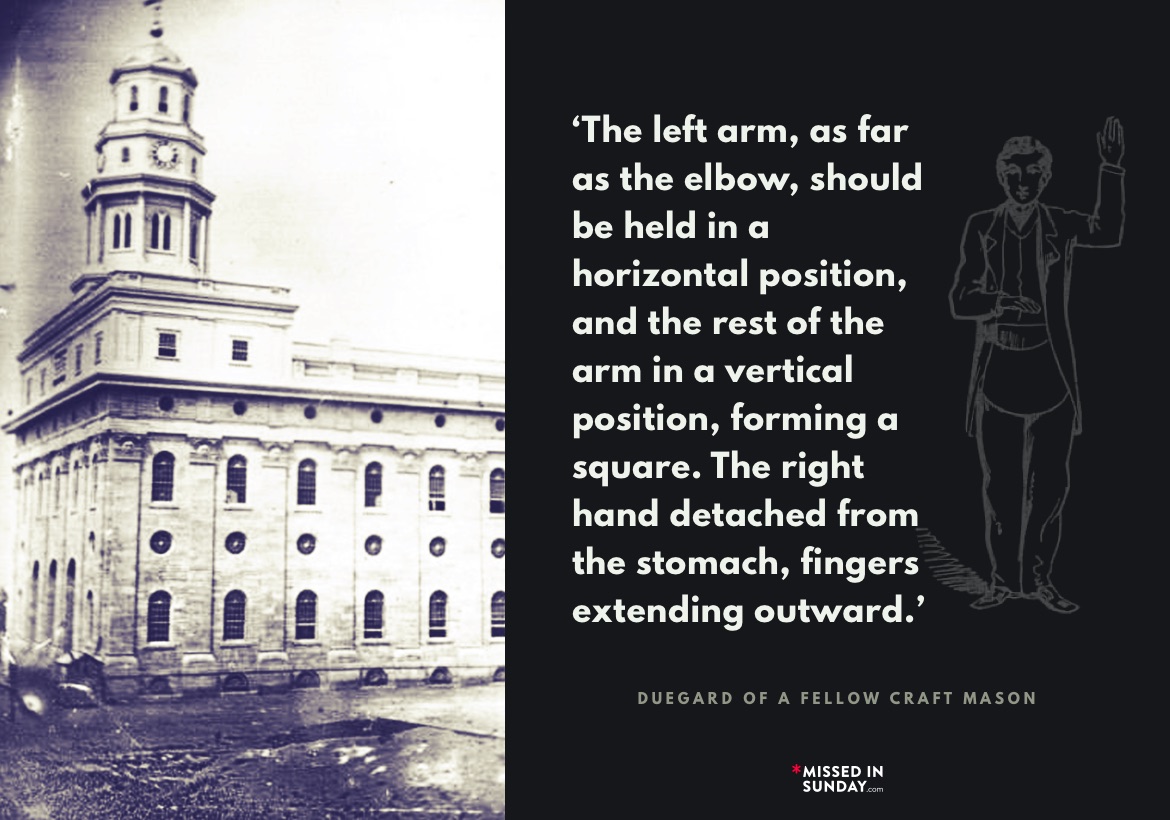September 11th marks the anniversary of the Mountain Meadows Massacre. A five day siege that culminated in the slaughter of some 120 California-bound immigrants in 1857, at the hands of Mormon militiamen (reinstated Nauvoo Legion) from Parowan, Utah.
A month before the emigrants departed Arkansas on their journey west, Parley P. Pratt (LDS Apostle) was shot and stabbed by an estranged husband of his twelfth plural wife in the same state. Additionally there was war hysteria about a possible invasion into the Mormon territory by the U.S. government, placing the Mormon population on edge.
The wagon train of emigrants were bound for California on a route that passed through the Utah Territory. After arriving in Salt Lake, the Baker-Fancher party made their way south, eventually stopping to rest at Mountain Meadows. While camping at the meadow, nearby Mormon militia leaders, including Isaac C. Haight (LDS Stake President) and John D. Lee (adopted son, sealed to Brigham Young), joined forces to organize an attack on the wagon train.
Intending to give the appearance of Native American aggression, the militia’s plan was to arm some Southern Paiutes and persuade them to join with a larger party of their own militiamen—disguised as Native Americans—in an attack. During the militia’s first assault on the wagon train the emigrants fought back, and a five-day siege ensued. Eventually fear spread among the militia’s leaders that some emigrants had caught sight of white men and had likely discovered the identity of their attackers. As a result militia commander William H. Dame ordered his forces to kill the emigrants.
By this time the emigrants were running low on water and provisions, and allowed some approaching members of the militia—who carried a white flag—to enter their camp. John D. Lee, then local Indian agent, told them the Indians had gone, and if the Arkansans would lay down their arms, he and his men would escort them to safety. They were separated into three groups—the wounded and youngest children, who led the way in two wagons; the women and older children, who walked behind; and then the men, each escorted by an armed member of the militia.
Lee led his charges three-quarters of a mile from the campground to a southern branch of the California Trail. As they approached the rim of the Great Basin, a single shot rang out, followed by an order: “Do your duty!” The escorts turned and shot down the men, painted “Indians” jumped out of oak brush and cut down the women and children, and Lee directed the murder of the wounded.
Following the massacre, the perpetrators hastily buried the victims, leaving the bodies vulnerable to wild animals and the climate. Local families took in the surviving 17 children (all under 8 years of age), and many of the victims’ possessions were auctioned off.
Initially, the LDS Church denied any involvement by Mormons, and was relatively silent on the issue. Though an early investigation was conducted by Brigham Young, who interviewed John D. Lee on September 29th, 1857. Young sent a report to the Commissioner of Indian Affairs stating the massacre was the work of Native Americans. The Utah War delayed any investigation by the U.S. government until 1859, when Jacob Forney and Major James Henry Carleton conducted investigations. In Carleton’s investigation, at Mountain Meadows he found women’s hair tangled in sage brush and the bones of children still in their mothers’ arms. Carleton later said it was “a sight which can never be forgotten.” After gathering up the skulls and bones of those who had died, Carleton’s troops buried them and erected a cairn and cross with the inscription “Vengeance is mine, I will repay saith the Lord.”
During a tour of southern Utah, Brigham Young along with some 60 other Saints, visited the massacre site in May 1861. After viewing the inscription on the cross, Wilford Woodruff recorded President Young as saying “it should be vengeance is mine and I have taken a little.” The cross was then torn down and the rocks of the cairn were dismantled, leaving little of the original marker.
Captain James Lynch, who visited the site of the massacre in 1859, recorded his impressions:
The scene of the fearful murder still bears evidence of the atrocious crime, charged by the Mormons and their friends to have been perpetrated by Indians but really by mormons disguised as Indians, who in their headlong zeal, bigotry and fanaticism deemed this a favorable opportunity of at once wreaking their vengeance on the hated people of Arkansas, and of making another of these iniquitious “Blood offerings” to God so often recommended by Brigham Young and their other leaders. For more than two square miles the ground is strewn with the skulls, bones and other remains of the victims. In places water has washed many of these remains together, forming little mounds, raising monuments as it were to the cruelty of man to his fellow man. Here and there may be found the remains of an innocent infant beside those of some devoted mother, ruthlessly slain by men worse than demons; their bones lie bleaching in the noon day sun a mute but eloquent appeal to a just but offended God for vengeance. I have witnessed many harrowing sights on the fields of battle, but never did my heart thrill with such horrible emotions, as when standing on that silent plain contemplating the remains of the innocent victims of Mormon Avarice, fanaticism & cruelty.
“Blood offerings” perhaps referencing the early mormon teaching of blood atonement that some crimes are so heinous that the atonement of Christ does not apply. Instead, to atone for these sins perpetrators should be killed in a way that would allow their blood to be shed upon the ground as a sacrificial offering. Brigham Young taught that a person who…
…has committed a sin that he knows will deprive him of that exaltation which he desires, and that he cannot attain to it without the shedding of his blood, and also knows that by having his blood shed he will atone for that sin, and be saved and exalted with the Gods, is there a man or woman in this house but what would say, ‘shed my blood that I may be saved and exalted with the Gods?’ All mankind love themselves, and let these principles be known by an individual, and he would be glad to have his blood shed. That would be loving themselves, even unto an eternal exaltation. Will you love your brothers or sisters likewise, when they have committed a sin that cannot be atoned for without the shedding of their blood? Will you love that man or woman well enough to shed their blood? That is what Jesus Christ meant.
:::
Excerpt from the last confession and statement of John D. Lee taken shortly before his execution for involvement in the Mountain Meadows massacre:
I believed then as I do now, that it was the will of every true Mormon in Utah, at that time, that the enemies of the Church should be killed as fast as possible, and that as this lot of people had men amongst them that were supposed to have helped kill the Prophets in the Carthage jail, the killing of all of them would be keeping our oaths and avenging the blood of the Prophets.
The oath of vengeance was an addition made to the Nauvoo endowment under the direction of Brigham Young by 1845 in the Nauvoo Temple, soon after the 1844 death of Joseph Smith. Participants agreed to be bound by the following oath:
You and each of you do covenant and promise that you will pray and never cease to pray to Almighty God to avenge the blood of the prophets upon this nation, and that you will teach the same to your children and to your children’s children unto the third and fourth generation.

